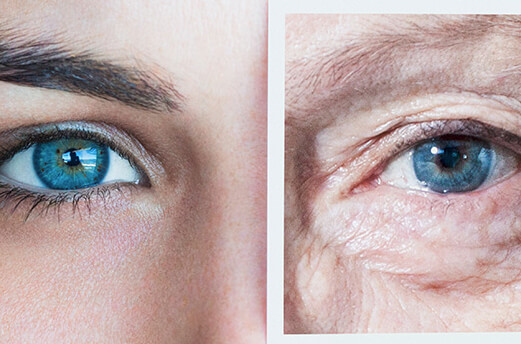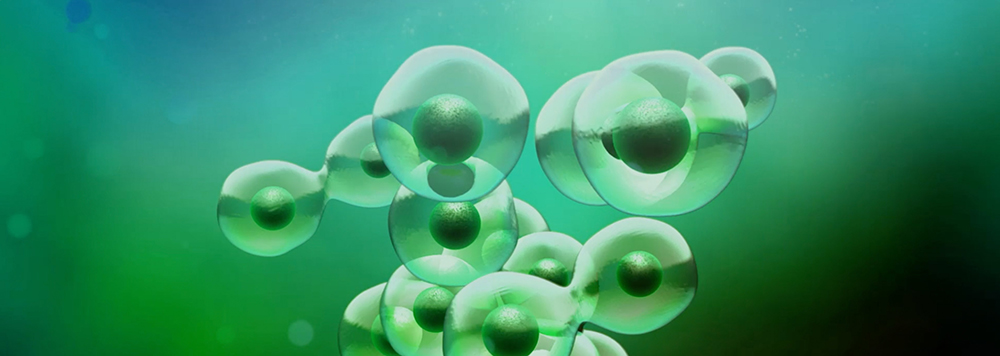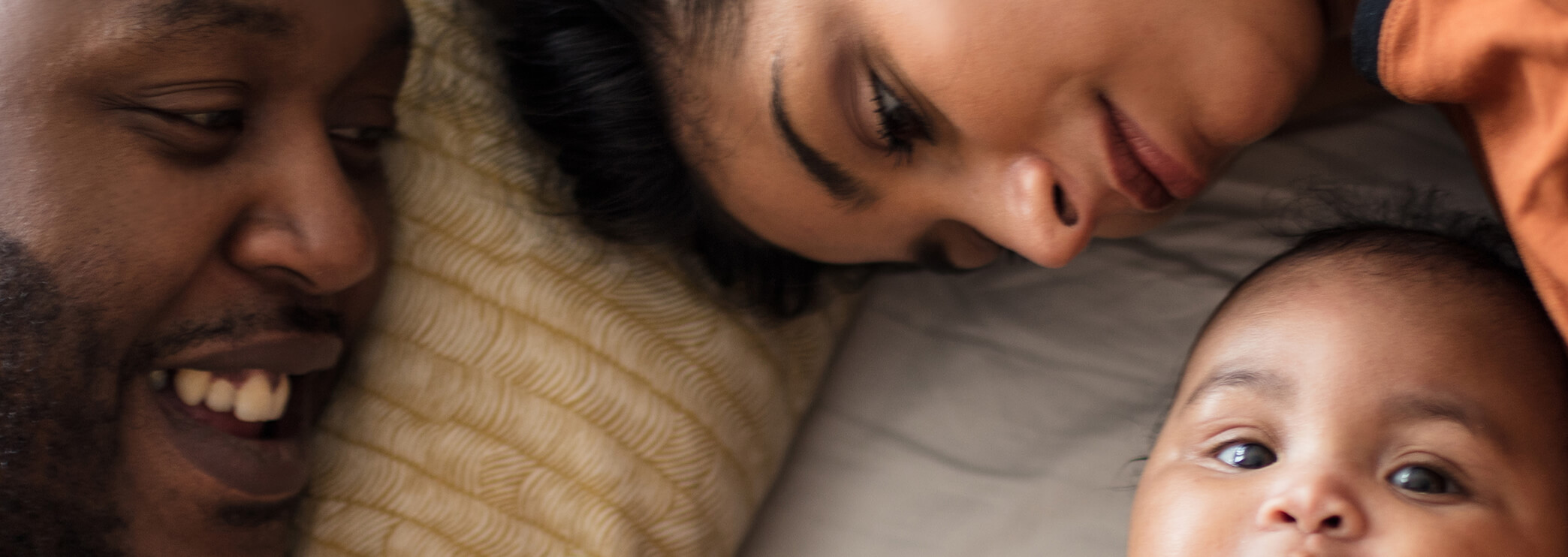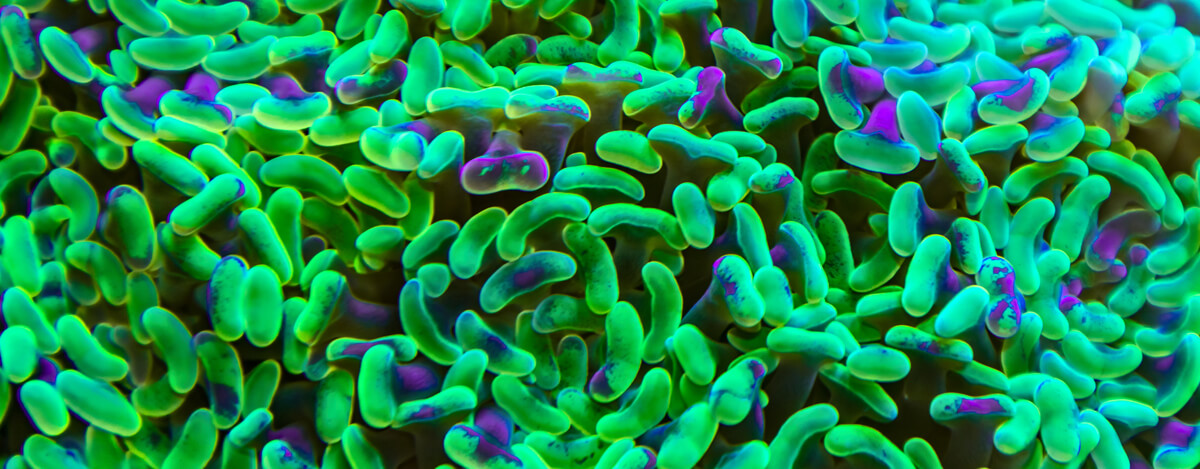
read time: 4 min
Health & Wellness
Understanding how our bodies age
Imagine a world where almost everyone in our communities lived to be at least 100 years old. And we’re not talking a frail, bedridden 100. We mean turning 100 and still remaining active, dining with friends and going for walks with family.
Sounds a little like science fiction, right? But for a few communities around the world, it’s been their reality for a long time. Called “Blue Zones,” these communities seem to have figured out the secret of aging and living long, healthy lives thanks to a combination of behavioral and social factors—not genetics.1
What can we learn from Blue Zones about aging well? And how much control do we really have over our age, anyway? The answer to both: a lot, actually.
First things first. How does aging work?
We have 1 main health goal: to function at a peak physical and mental level for as long as possible.
Easier said than done. Many of us never reach that peak for a bunch of reasons, including genetic and behavioral factors (more on that in a minute). A big part of living a healthy life involves trying to get as close to our peak as possible and then staying there for a long time, making our inevitable health decline occur as late in life as possible. This is what it means to “age well.” It’s not just about living longer; it’s about maintaining a good quality of life and health.
Aging is what happens when damage accrues at our molecular and cellular levels over time. When we’re young and healthy, we’re able to heal this damage more easily. After a while, though, this damage begins to impact our bodies, leading to a decrease in physical and mental capacity and an increase in disease.
Let’s use skeletal muscle as an example. Sarcopenia is an age-related condition that causes us to lose muscle mass and strength. Over time, the fibers that make up our skeletal muscles get smaller, which causes our muscle mass to shrink. This, in turn, means our muscles can’t generate as much power, which leads to frailty and a loss of function.2 We’re no longer operating at that close-to-peak level: our bodies have begun to age.
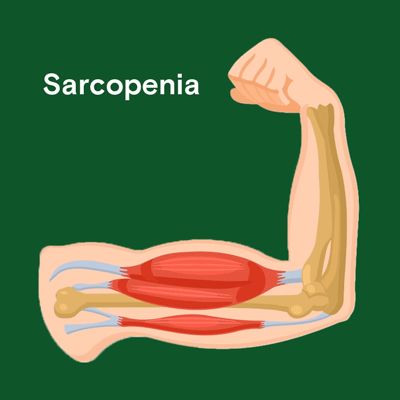
Wait, how old are we really?
Notice that with all this talk of aging there’s been no mention of the amount of time we’ve been alive, also known as our chronological age. That’s because even though it does play a factor in our health and aging, our biological age is what determines how well we function.
Our biological age is more closely aligned with the concept of peak health spelled out earlier. It’s determined by how healthy we are, genetics, social factors, and the impact of age-related decline. It means that biologically we might not be the same age as someone we share a chronological age with.3
What impacts the way we age?
To understand why there are differences in the ways people age, let’s take a closer look at both genetic and social factors.
Genetic factors
We can thank our parents for some of the way we age. Certain aging-related factors are determined at birth based on our genetic makeup. But don’t go giving them all the credit. Only about 20 to 30% of our lifespan is accounted for by genetic factors.4
Sometimes genetics work in our favor. Certain gene mutations can give us greater stress resistance and increase our longevity.5 But other genetic factors can negatively impact how we age. The reverse aging phenomenon from "The Curious Case of Benjamin Button"? That one’s fake. But Werner syndrome, featured prominently in Robin Williams’s 1996 movie "Jack," is very real. This inherited disorder causes rapid aging and the early onset of diseases like osteoporosis (bone loss) and cancer.
Lifestyle and social determinants
If 20 to 30% of our lifespan can be chalked up to genetics, what accounts for the other 70 to 80%? Turns out, the best indicator of how we age comes down to our lifestyle and environment.
Let’s return to those Blue Zones mentioned earlier. They appear around the world in locations like Sardinia, Italy; Okinawa, Japan; and Loma Linda, California. As different as these areas may be, these communities all have some things in common. They exercise regularly, don’t overeat, drink moderately, and stick to a mostly plant-based diet.1 This tracks with what we know about risk factors: behaviors like smoking, unhealthy eating, and not exercising enough can all be linked to adverse health outcomes, which in turn are linked to our body breaking down and aging faster.6
It's not all about behavior, though. Societal factors also play a big role in our health, and therefore our aging process, and these can sometimes be outside of our control. Often referred to as social determinants of health, nonmedical factors that can contribute to how we age include:
- Economic stability
- Education access and quality
- Healthcare access and quality
- Neighborhood and manmade environment
- Social and community support7
Blue Zone communities score particularly high when it comes to social and community support. Researchers found that residents experienced less stress, had a sense of purpose and belonging, and built strong support networks among their families and friends. All of these factors are believed to support their long lifespan.
On the flip side, not having access to these positive social determinants of health can negatively impact our well-being and longevity. For example, research has shown that children who are mistreated when they’re young are at higher risk for poor health outcomes and even accelerated biological aging later in life.8
If aging is so complicated, how can we keep track?
Keeping track of our biological age can be tricky, but it’s not impossible! If we’re managing and monitoring our health, we’re already keeping an eye on our biological age.
Regular doctor visits and testing can help us understand our baseline peak (or close to peak) health. With this knowledge, we can better track changes that may indicate disease risk or medical conditions that could have a negative impact on our health. The better able we are to spot and treat disease early, the better we’re able to prolong our peak health, staving off the effects of aging.
References
1 Buettner D, Skemp S. Blue Zones: lessons from the world's longest lived. Am J Lifestyle Med. 2016;10(5):318-321. doi: 10.1177/1559827616637066
2 Volpi E, Nazemi R, Fujita S. Muscle tissue changes with aging. Curr Opin Clin Nutr Metab Care. 2004;7(4):405-10. doi: 10.1097/01.mco.0000134362.76653.b2
3 Ahadi, S, Zhou, W, Schüssler-Fiorenza Rose, S.M., et al. Personal aging markers and ageotypes revealed by deep longitudinal profiling. Nat Med. 2020;26: 83-90. doi: 10.1038/s41591-019-0719-5
4 vB Hjelmborg J, Iachine I, Skytthe A, et al. Genetic influence on human lifespan and longevity. Hum Genet. 2006;119(3):312-21. doi: 10.1007/s00439-006-0144-y
5 Rodríguez-Rodero S, Fernández-Morera JL, Menéndez-Torre E, et al. Aging genetics and aging. Aging Dis. 2011;2(3):186-95. https://www.ncbi.nlm.nih.gov/pmc/articles/PMC3295054/
6 Framingham Heart Study (FHS).
National Heart, Lung, and Blood Institute. Accessed November 15, 2022. https://www.nhlbi.nih.gov/science/framingham-heart-study-fhs
7 Social determinants of health.
Office of Disease Prevention and Health Promotion. Accessed November 15, 2022. https://health.gov/healthypeople/priority-areas/social-determinants-health
8 Graf GH, Li X, Kwon D, et al. Biological aging in maltreated children followed up into middle adulthood. Psychoneuroendocrinology. 2022; 143:105848. doi: 10.1016/j.psyneuen.2022.105848

